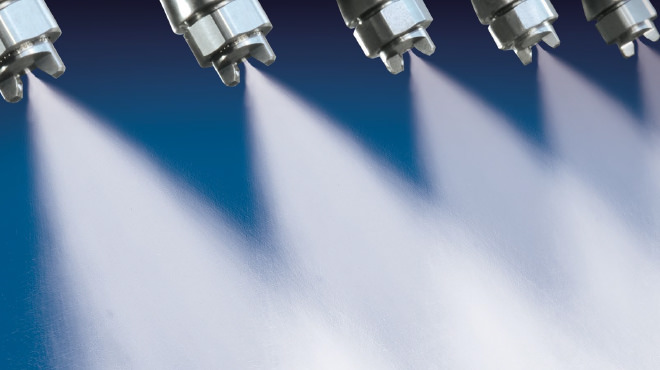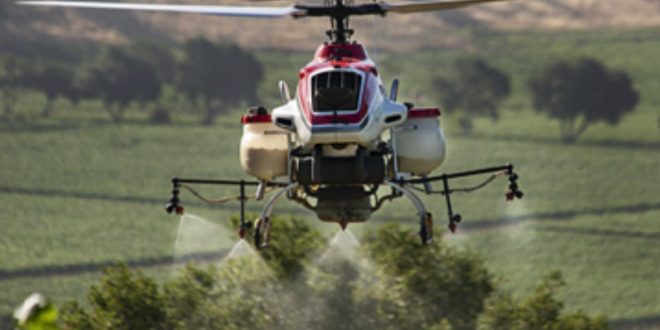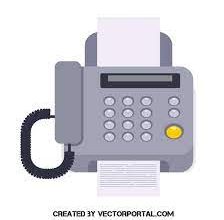What Is Spraying Technology? Interesting Facts You Need To Know About Spraying Technology

The spraying technology as a method for coating or fertilizing with plant protection products, plant growth regulators, and nutrient supply has been used by farmers for a long. This technology can effectively reduce damages caused by pests and diseases to plants, increase yield and improve the quality of agricultural products. This method can be divided into four groups, which are below.
- The mechanical sprayer
- Air-atomizing sprayer
- Airless sprayer
- Mist blower according to different application techniques.
Mechanical sprayers:
The simplest type of machine in everyday use at present is the hand-operated device that pumps chemicals from metal cans through a nozzle placed on the end of a long stick.
These hand-operated devices are used mainly in small plot operations for applying materials to individual plants or small groups of plants, shrubs, etc., by means of a cone-shaped plastic nozzle. Such equipment is relatively inexpensive, but they are limited in effectiveness because the Spraying may be challenging to accomplish on windy days and at heights above ground level. Thus, this type of machine is often referred to as ‘low volume’ spraying technology. If necessary, treatment pressure is regulated by using a pressure regulating valve, which enables an even spread of different materials without any spills during filling up or emptying out of the tank. Other models allow carrying capacities ranging from 2 to 4 liters.
Air-atomizing sprayers:
The first ‘high volume’ spraying technology was based on a simple horizontal or slightly inclined metal tube equipped with a fan and a flexible hose. This machine, called the ‘Gobron Pramet,’ consisted of an air source that could be compressed air from a tractor-mounted compressor or engine exhaust gases from a small two-stroke engine. The equipment’s chemical is fed through the hollow axle of the fan to produce fine droplets by centrifugal force as it rotates and then carried up into the air-stream and discharged at ground level. Such machines can also be used without any tractor for hand-held applications.
This technology has since been developed into the highly sophisticated ‘Mist blowers,’ in which both chemical and air are fed through axles in the fan wheel. Sprayers are used to deliver pesticides or fertilizers to plants, trees, crops, lawns, fields, pastures, etc. A hand-operated sprayer is generally small-scale with a capacity of fewer than 80 liters. In contrast, a tractor-mounted spraying machine is large-scale with a capacity of 100 m3 or more for agricultural operation. Hand-held fertilizer spreaders can be supplied with different types of filling implements for granules, cubes, pills, or liquids.
Examples are:
- Brush sprayers for spraying herbicide in canals drain, etc.
- Tank-mix sprayers/mixing plant integrated with loading spouts for use in agricultural crop sprayer operation;
- Cylinder-type hand-held backpack sprayers with an internal combustion engine mounted on the top of the equipment for spraying mosquito fogging. Water trucks are also used in some countries, especially rice bowl areas, for large-scale spraying operations.
Spraying techniques play a crucial role but often receive little attention during the design process of machines and devices used to apply chemicals to plants or crops. The lack of knowledge about all factors that influence droplet size distribution is one reason why it has been challenging to find simple models to predict the droplet size distribution.
Following are the factors that any sprayer must know for the excellent spray to the corps:

Frequency:
Frequency is defined as the time required to make one complete cycle, i.e., full rotation or oscillation, and can be expressed as a reciprocal value (1/seconds).
Pumping speed:
The pumping speed describes how rapidly a pump may move fluid relative to static conditions (e.g., gallons per minute).
Flow rate:
It is the total volume of liquid that passes by a given point during a specific period (liters per second).
Volume flow rate:
It is the total volume of liquid that passes by a given point during a specific period (liters per second).
Rate of application:
It is the speed with which a pesticide is applied to an area in terms of quantity in liters or kilograms.
Application rate:
It refers to the amount of pesticide required for application, in liters or kilograms.
Droplet size distribution:
This describes how many fine droplets are present when spraying. Two measures are commonly used when describing spray characteristics representing size-related information about particles emitted from nozzles: flow rate and droplet diameter. Flow rate is anything but a characteristic parameter. The better choice would be volume velocity (V), which states how many particles pass through a certain point by unit time (usually seconds). The mass concentration at a certain point is equal to the volume velocity multiplied by the density of the droplet, and this value is divided by 1,000 (multiplier).
Volume Velocity
Volume Velocity refers to the number of particles passing through a defined area per unit of time (usually seconds). While it may be challenging to determine which number is appropriate for all conditions, the values presented here are only examples, and readers should note that flow rates can vary significantly depending on formulation type and nozzle orifice size. In practice, it might be easier to handle spray volumes than counting all those particles flowing through an orifice or opening at a particular moment in time.
Conclusion
The most crucial tasks involved in agricultural production are plant protection measures. The development of spraying technologies has accelerated recently. These cutting-edge spraying techniques cut labor costs and effectively safeguard the environment. Experimental research are being done on the conception, creation, and testing of precision spraying systems for orchards and crops. The researcher is also performing simulation modeling studies to optimize the sprayer’s design and efficiency for better use.
Apart from this if you are interested to know more about How Technology Is Changing and Affecting Forex Trading? then visit our Technology category.
FAQs
What is spraying technology?
What is smart Spraying, and how does it work?
What are the advantages of spraying technology?
To ensure that optimum dose rates are applied even at cloud height, it is necessary to increase the pesticide’s pressure through compressed air. This factor, combined with the fact that poisons are mixed with water before Spraying, results in an environmental hazard. Water vapor caused by evaporation also causes ecological pollution, especially on non-target, beneficial organisms.
Spraying can be very expensive. Costs are caused by the purchase of machinery and pesticides, labor costs, fuel for transportation, and the transformation of pesticides into a sprayable form. The main disadvantage of spraying technology is its high risk to the environment. Pollution is caused by water vapor during evaporation, but also by the pesticide itself. A lot of water is needed for Spraying, which leads to a high risk of contamination of soil and groundwater.





